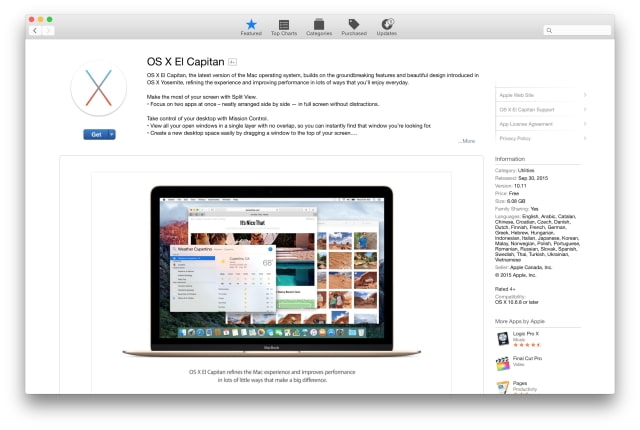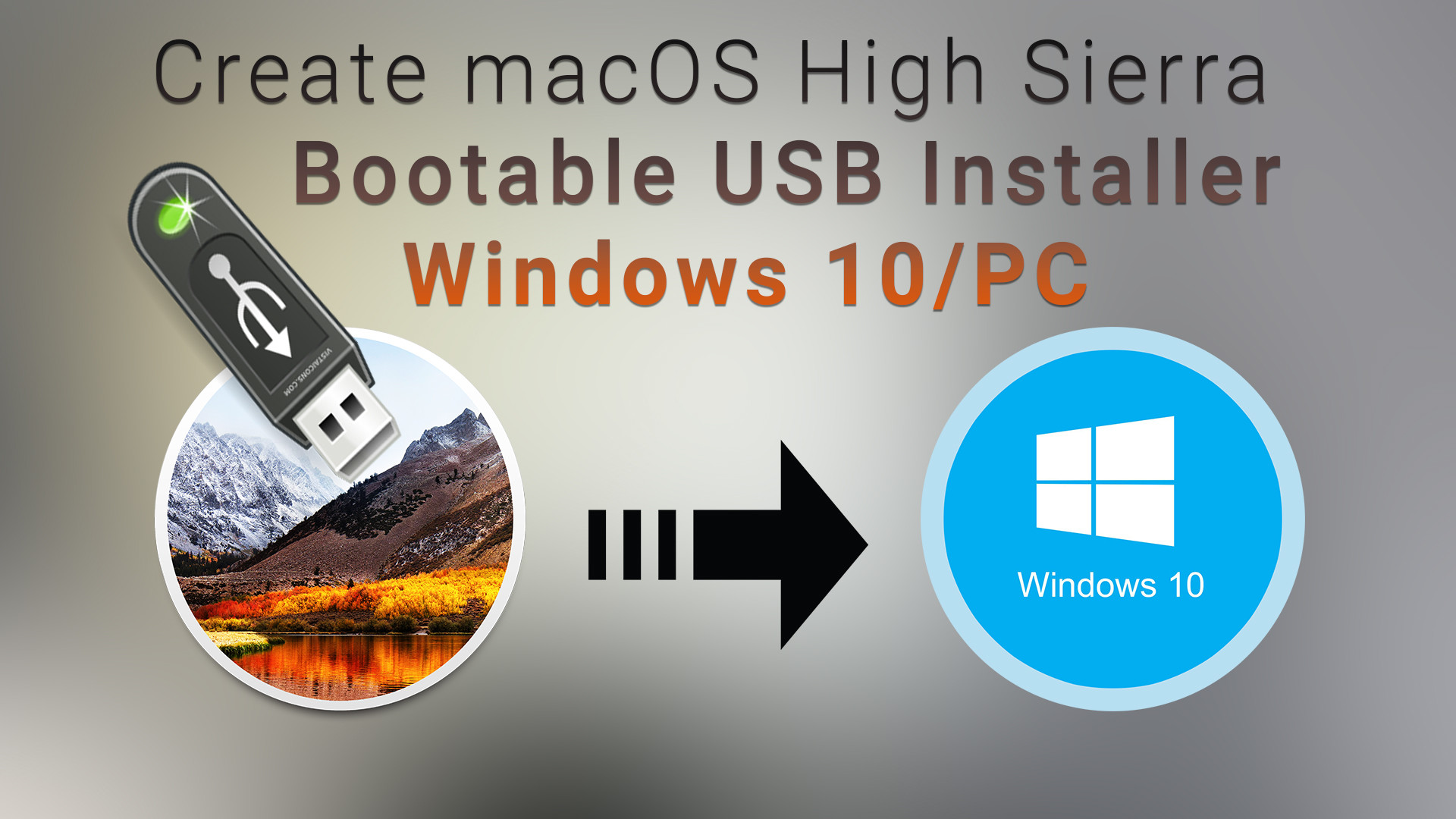

- #Create a usb install disk for os x 10.13 update
- #Create a usb install disk for os x 10.13 upgrade
- #Create a usb install disk for os x 10.13 pro
- #Create a usb install disk for os x 10.13 download
This will download the installer to your Applications folder. Under the High Sierra icon on the left of the banner, click on the Download button. This link should open the App Store app and take you directly to High Sierra. Click here to go to the macOS High Sierra section of the App Store. You also won’t find it in the App Store app under Purchased. If you already installed High Sierra, you won’t find the installer app in your Applications folder. If not, just do a search for “High Sierra.” Click on it to go to the High Sierra page. Go to the Featured section of the App Store, and you may see High Sierra appear at the top.

If you launch the App Store app and look for it in the Updates section, you won’t find it.
#Create a usb install disk for os x 10.13 update
It’s not available as an update, so if you run Software Update (Apple menu > About This Mac > Software Update), you won’t find it. You’ll find High Sierra in the App Store. Get the macOS High Sierra installer software When creating the boot drive, the storage device is reformatted, so there’s no need to format the drive beforehand. If you have a USB-C storage device, then you don’t need to get the adapter. This will allow you to connect a storage device that uses a USB type-A connector. If you have a 2015 or newer MacBook or a 2016 or newer MacBook Pro, you may need Apple’s USB to USB-C adapter.

#Create a usb install disk for os x 10.13 pro
Hit the Apply button to make it happen.įinally, to boot from your install disk/drive and install Mountain Lion, restart your Mac and hold the Option key down when you hear the startup chime.To connect a USB device with a type-A connector to a MacBook or MacBook Pro with USB-C, you need the USB to USB-C adatper. Now click the Restore tab and choose the DMG file as your source and the USB drive as the destination. Hit Apply to format-which will completely erase-the drive. Select the Partition tab, select “1 Partition” from the dropdown menu and choose “Mac OS Extended (Journaled)” for the format type.Ĭlick the Options button and choose “GUID Partition Table”-this will make the drive bootable and formatted correctly for the Mac. Insert the disk and select it in the sidebar in Disk Utility. If you’re burning to USB, you’ll need to first format the drive properly: If you’re burning to DVD: insert your disk, select the DMG file in the sidebar, and hit “Burn.” Skip to step 6. Open up Disk Utility from your Applications > Utilities folder and drag the DMG file into the sidebar on the left. The steps for burning Mountain Lion to disk are essentially the same as the ones for Lion:ĭownload Lion from the Mac App Store-but don’t install it yet, because of the disappearing installer issue noted above.įind the installer in your Applications folder and right-click on it then select “Show Package Contents.” Head to Contents > SharedSupport and look for the file called “InstallESD.dmg” LionDiskMaker has been around since Lion but it has recently been updated with Mountain Lion support, heads up to CultOfMac for the reminderĭIY Option: Use OS X’s Built-in Disk Utility
#Create a usb install disk for os x 10.13 upgrade
If you don’t need the bootable aspect, you can also just copy the Installer app file from the /Applications/ directory to other Macs and it will work to perform the OS X upgrade too. Making a boot installer is really helpful if you need to install Mountain Lion on multiple Macs and don’t want to re-download it on each Mac from the App Store, or if you want to perform a clean install.


 0 kommentar(er)
0 kommentar(er)
